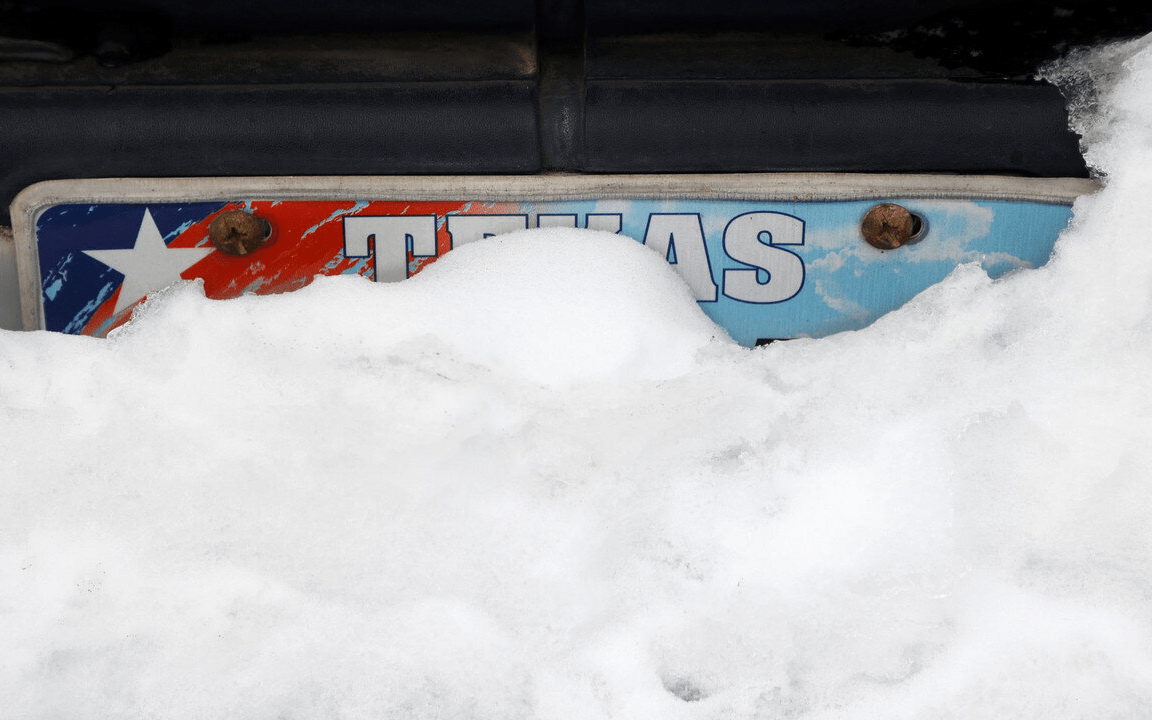A few weeks ago many of us in Texans lost reliable access to power, clean water, and internet for several days. This was a shock to all of us, and many (understandably) reacted with panic. Now that the crisis is over, however, I’d like to look back on how agile principles helped so many people to weather this unusual storm.
The Last Responsible Moment
No one knew when they would lose or regain power and water, so it was difficult to plan very far ahead. When was the right time to make decisions? At the last responsible moment. If you were wondering if you should drive to your parents’ house, get groceries, fill up containers of water (in case you lost your water later), or use the last of your laptop battery, it was often best to wait as long as you could. Why? Because it allowed you to gain more information. Waiting lets you discover if the ice on the roads is melting or if the grocery store is out of water. But, of course, “the last responsible moment” principle always comes with an important limitation: it’s just one moment away from the first irresponsible moment! If you waited to fill up water containers, you might have waited too long and lost your water access. If you waited to go to the grocery store, you might have missed your opportunity to make a purchase. You have to prioritize your decisions according to the risk of waiting too long. If it poses too much risk (e.g. losing water access), don’t wait. If waiting limits your risk (e.g. letting the ice melt), wait.
Small Teams
It was very hard to get through the snowstorm alone. Small teams of people came together to support each other all over the state. By reaching out to family, neighbors, church members, etc., people were able to discover safe places to sleep or to access water, and they also multiplied the skills and perspectives and ideas available to them. By keeping these groups small, however, we were able to ensure that resources weren’t stretched too far and that COVID exposure was limited. (It’s so hard to balance crises against each other!) These small, supportive groups were especially important to older, more isolated Texans with limited mobility and resources. Small teams saved lives!
Eliminate Waste
With groceries scarce, roads dangerous, and stores closed, it became very important to eliminate waste: wasted resources, wasted time, and even wasted movement. Texans put their groceries outside in the ice and snow, or brought the ice and snow into their refrigerators in order to preserve their groceries; people with pools brought the water in to fill their toilet tanks; short periods of electricity and/or wifi allowed quick computer charging and information access; and many Texans rationed their car batteries and gas to allow themselves time to warm up and charge their phones. I saw (and smelled) many of my neighbors barbecuing in the cold, both to allow themselves some heat from the grill and to cook their more perishable groceries while they could. All of these choices ensured that we minimized the loss of heat, food, and energy during the storm.
Take-Aways: Emergencies provide many opportunities to benefit from Agile and Lean principles. Making decisions at the last responsible moment, prioritizing decisions based on risk, relying on small teams, and eliminating waste are just a few things to consider when faced with a challenge.
Questions: What other principles did you see in action during the winter storm? If you’re outside of Texas, have you found yourself using Agile principles in other emergencies?

